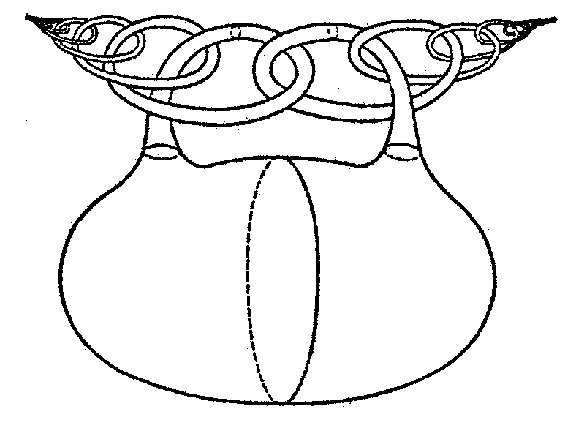Related: question #879, Most interesting mathematics mistake. But the intent of this question is more pedagogical.
In many branches of mathematics, it seems to me that a good counterexample can be worth just as much as a good theorem or lemma. The only branch where I think this is explicitly recognized in the literature is topology, where for example Munkres is careful to point out and discuss his favorite counterexamples in his book, and Counterexamples in Topology is quite famous. The art of coming up with counterexamples, especially minimal counterexamples, is in my mind an important one to cultivate, and perhaps it is not emphasized enough these days.
So: what are your favorite examples of counterexamples that really illuminate something about some aspect of a subject?
Bonus points if the counterexample is minimal in some sense, bonus points if you can make this sense rigorous, and extra bonus points if the counterexample was important enough to impact yours or someone else's research, especially if it was simple enough to present in an undergraduate textbook.
As usual, please limit yourself to one counterexample per answer.


